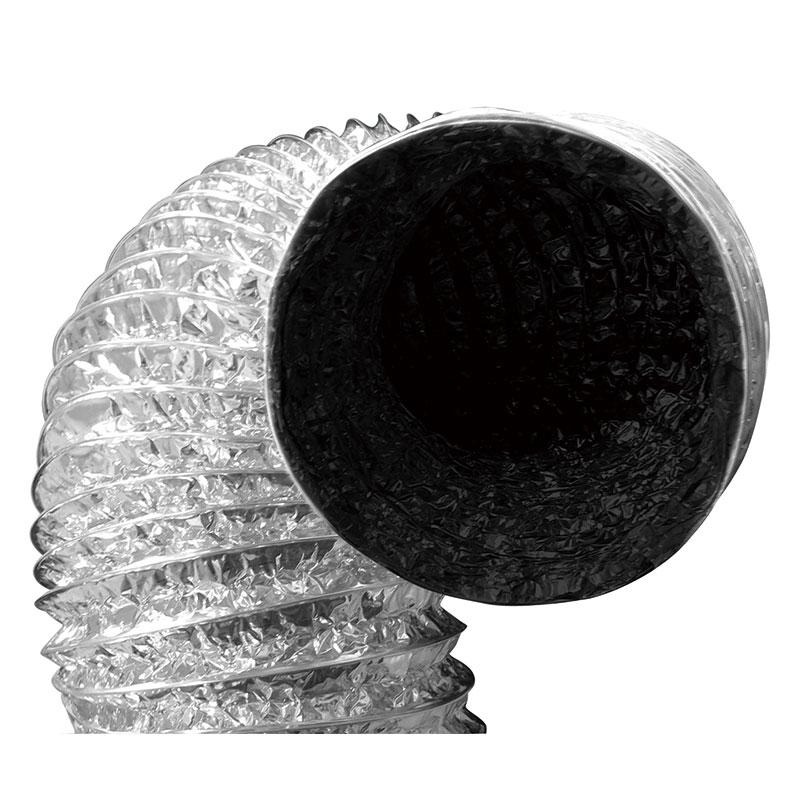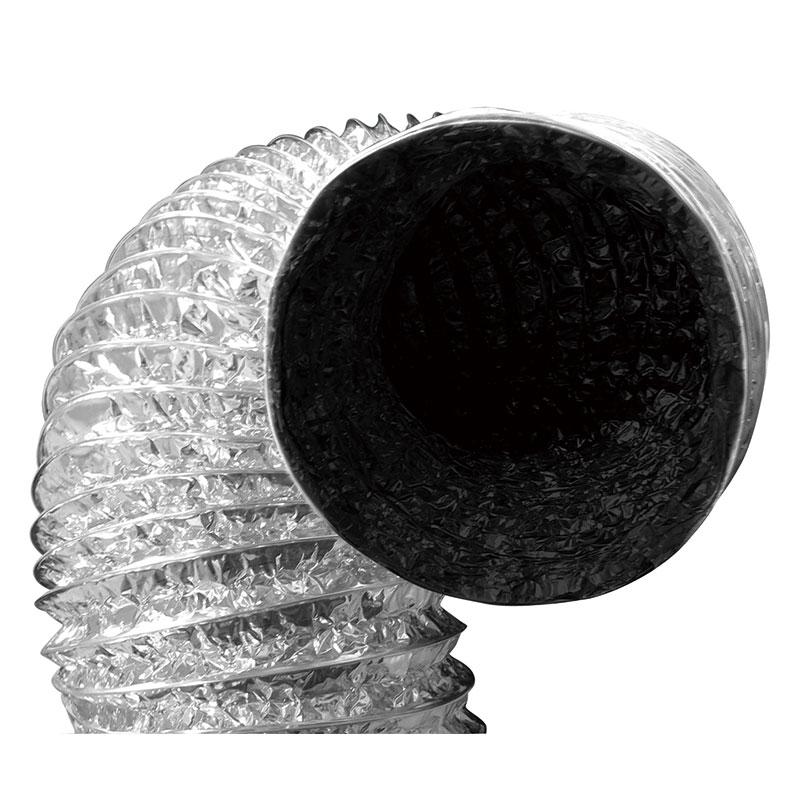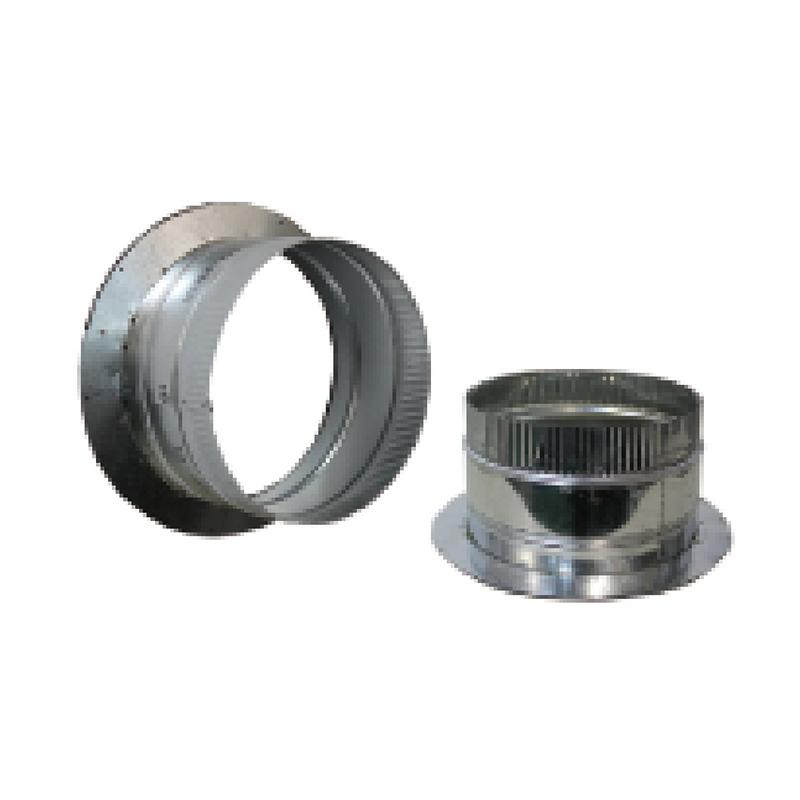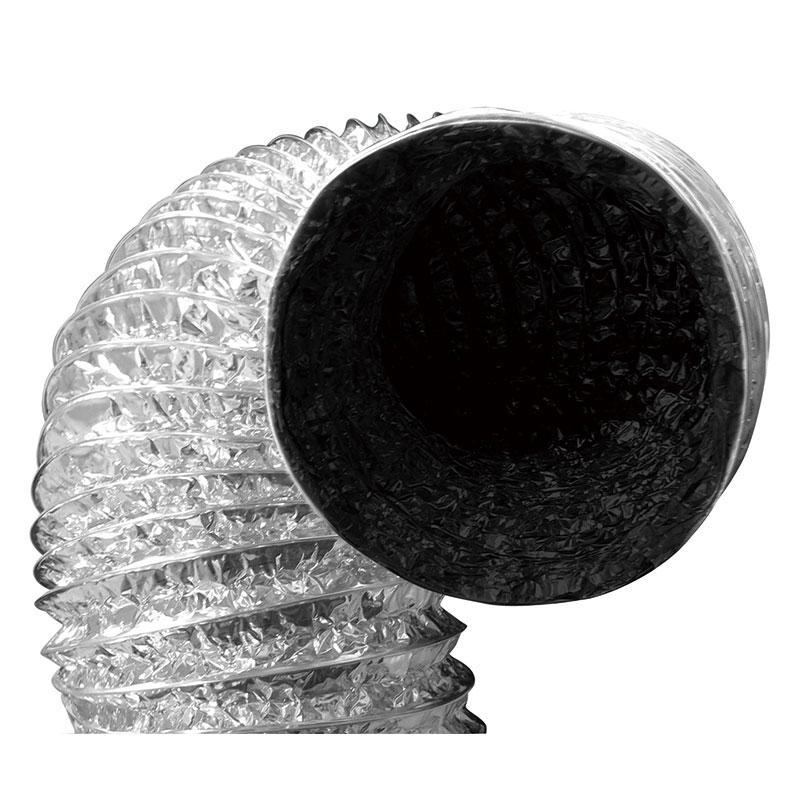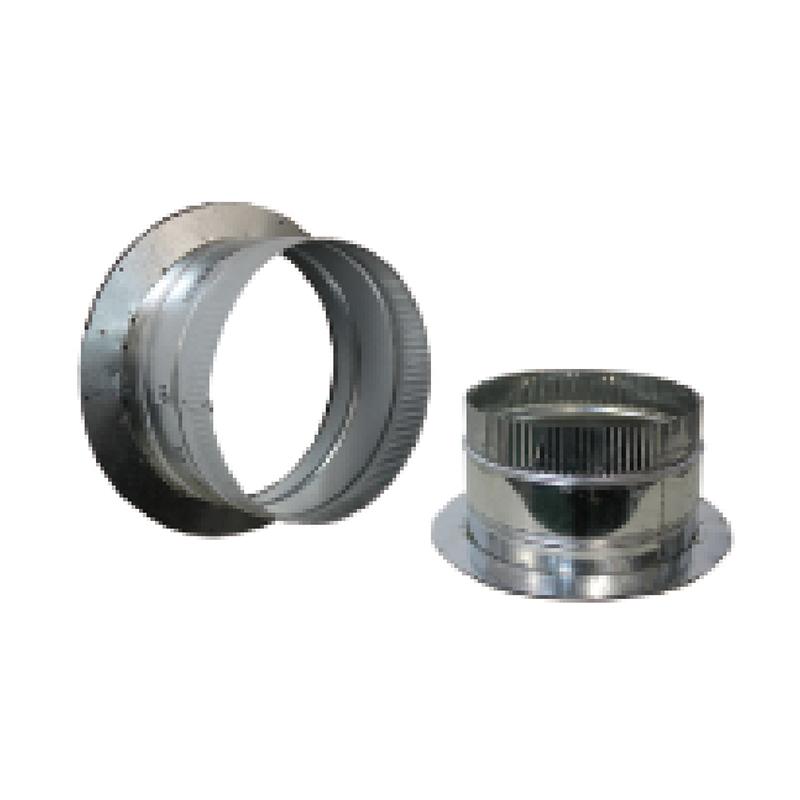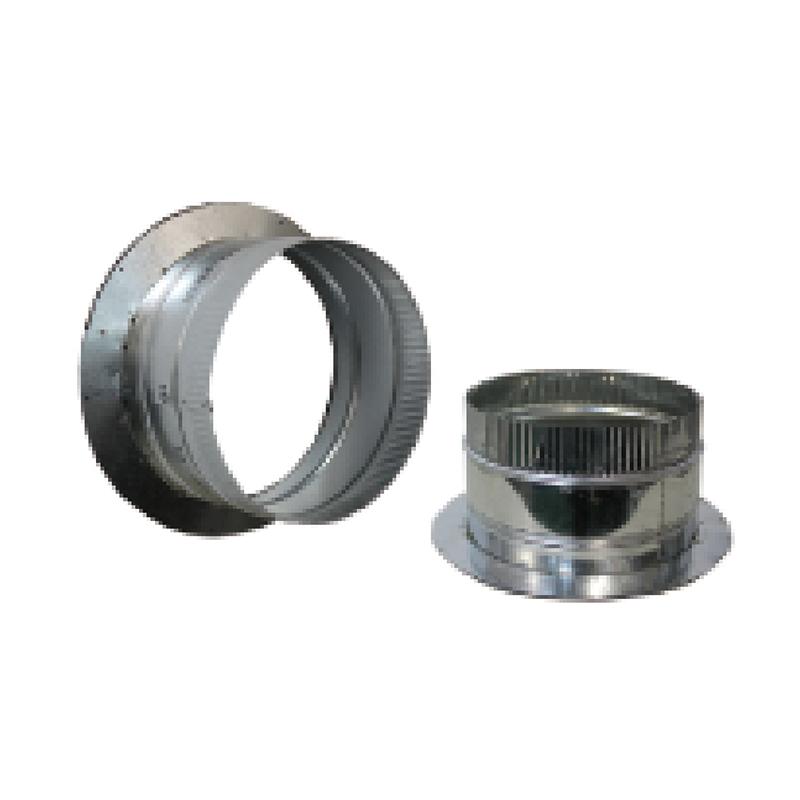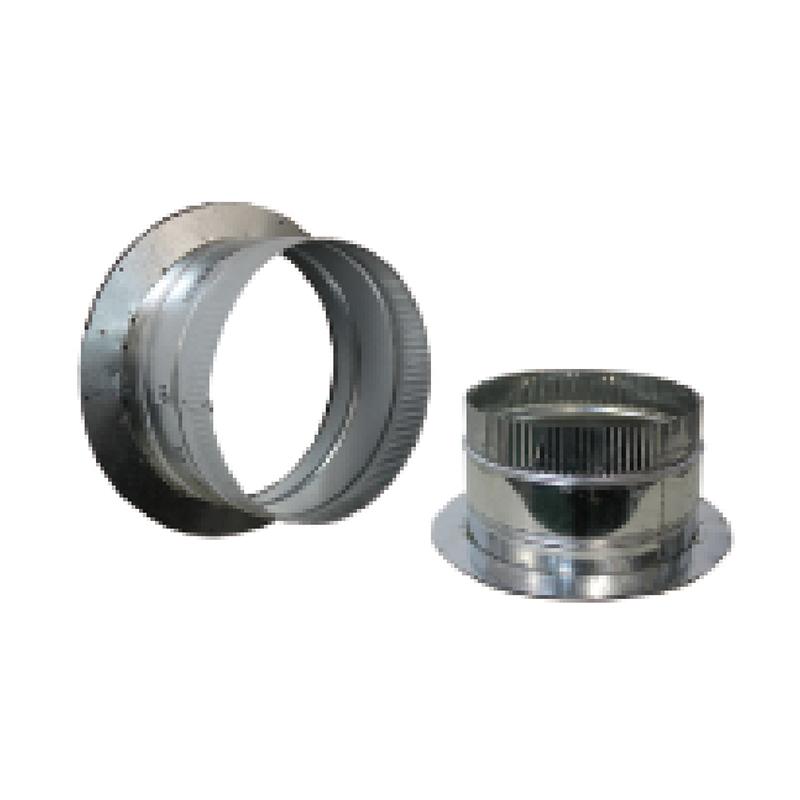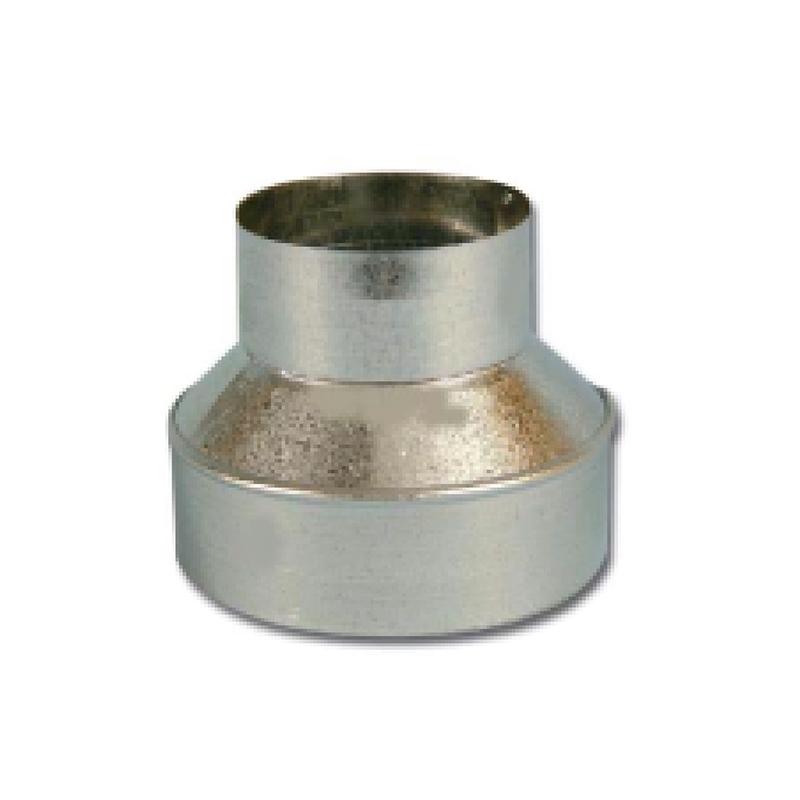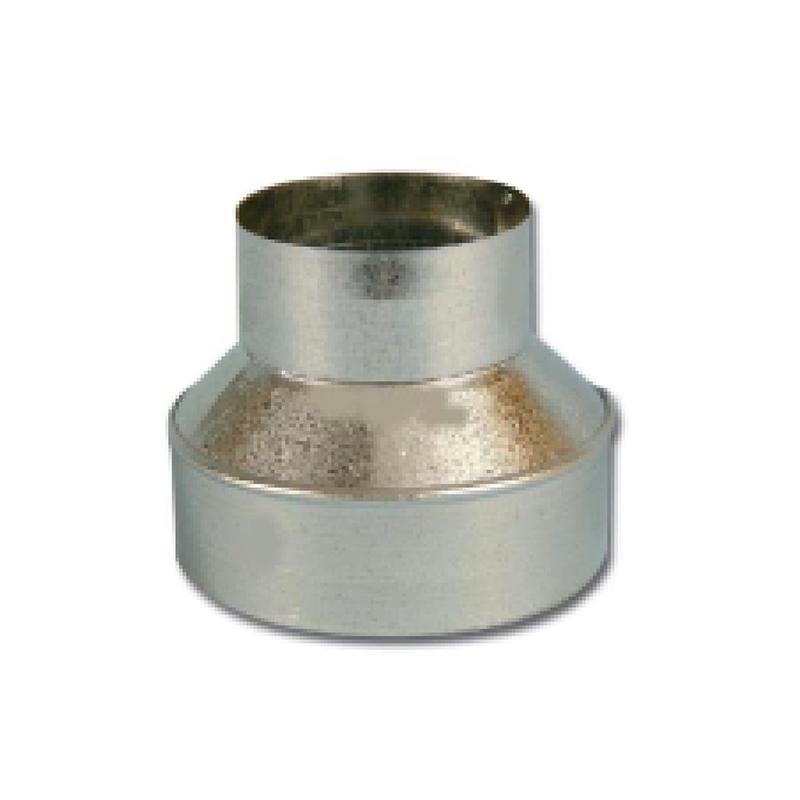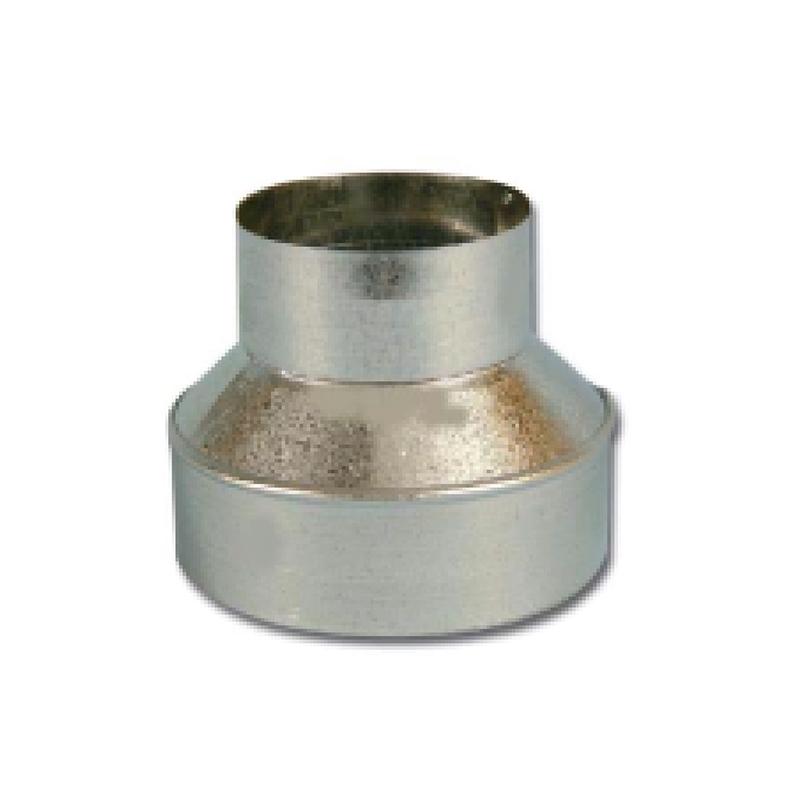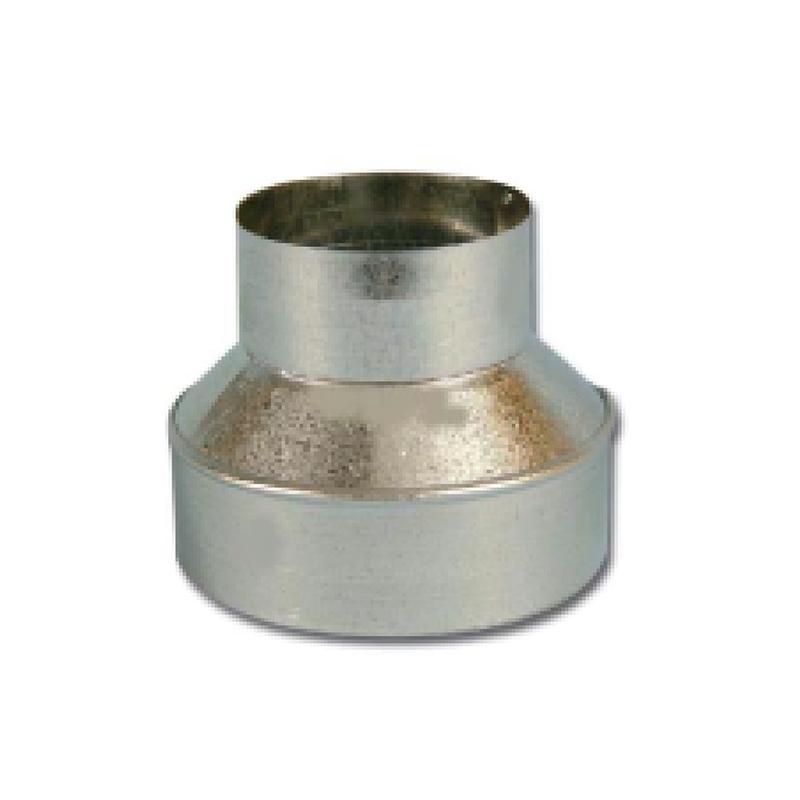DUCTING
In hydroponic systems plays a crucial role in maintaining optimal growing conditions for plants. Ducting refers to the process of circulating air, water, or nutrients through a network of pipes and tubes to ensure efficient and consistent delivery of essential resources to the plants. In hydroponic systems, ducting is used to manage temperature, humidity, and air circulation, which are critical factors in plant growth and development.
One of the primary uses of ducting in hydroponics is to provide a consistent temperature range for plants. By circulating cooled or heated air through the system, growers can maintain optimal temperatures that are ideal for plant growth. This is particularly important in indoor grow environments where temperature fluctuations can occur. Ducting also helps to reduce moisture buildup and humidity levels, which can prevent fungal diseases and promote healthy root growth.
In addition to temperature control, ducts are used to distribute air and nutrients throughout the grow room. This ensures that all plants receive an equal amount of resources, promoting uniform growth and reducing the risk of nutrient deficiencies. By using ducts to circulate nutrients, growers can also reduce waste and optimize nutrient usage.
Effective design is critical in hydroponic systems. A well-designed ducting system can improve air circulation, reduce energy consumption, and increase yields. By incorporating features such as bends, elbows, and connectors, growers can create a customized ducting system that meets their specific needs. With the right ducting system in place, hydroponic growers can optimize their growing environment and achieve remarkable results.
Showing 1–12 of 21 results

